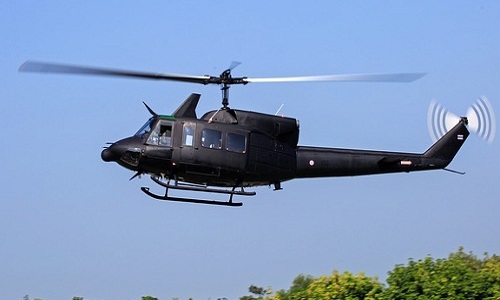The global aerospace interior adhesive market is estimated to reach $1,101.7 million by 2021, at a CAGR of 5.35% from 2016 to 2021, according to a new report published by MarketsandMarkets. The key factors such as decline in aviation fuel prices, growing air traffic in low cost carriers, and procurement of new aircraft by airline operators for modernization of fleet are anticipated to drive the growth of the aerospace interior adhesive market. In terms of aircraft type, the aerospace interior adhesive market has been classified into single aisle, regional jets, small, medium, and large wide body. Large wide body was the largest segment of the aerospace interior adhesive market. Large wide body aircraft are four-engine jets with seating capacity up to 850 passengers. The demand for large wide body aircraft is higher for routes with high traffic, often connecting international destinations. They are passenger’s first choice owing to factors such as comfort, flexibility, and efficiency. It is expected that large interior space, wide range of cabin interior, and suitability for long-haul flights will be the major factors to drive the growth of the segment. In terms of resin type, the aerospace interior adhesive market has been classified into epoxy, cyanoacrylate, polyurethane(PU), acrylic, and others. Epoxy is estimated to be the fastest-growing segment in the market during the forecast period. North America, South America, Europe, Asia-Pacific, and Middle East & Africa are considered the key regions for the aerospace interior adhesive market. Owing to the presence of major aircraft manufacturers in North America, this region led the market in terms of value & volume. The major players in the aerospace industry are involved in several business activities. The Boeing Co. (U.S.), Bombardier Inc. (Canada), and Honeywell Aerospace (U.S.) have opened assembly plants in Mexico to increase their market share and cater to the rising demand for aerospace interior adhesives from the aerospace industry. However, the growth of the aerospace interior adhesive market may be restrained by environmental regulations. Stringent regulations govern the use of materials in aircraft interiors, which includes the type of adhesives used in forming the components and structure of an aircraft cabin. The three major factors considered in the aerospace industry are passenger safety, weight management, and aesthetics. From safety point of view, there are various regulations which impact the selection of materials for aircraft interiors to ensure passenger safety. Any materials which are used in aircraft have to pass all the safety standards. The key players in the aerospace interior adhesive market include Henkel AG & Co.KGaA (Germany), Delo Industrial Adhesives (Germany), Huntsman Corporation (U.S), Avery Dennison (U.S.), Hexcel Corporation (U.S.), 3M Company (U.S.), Master Bond Inc.(U.S.), Solvay S.A. (Belgium), Arkema S.A. (France), and Permabond LLC (U.K.).
